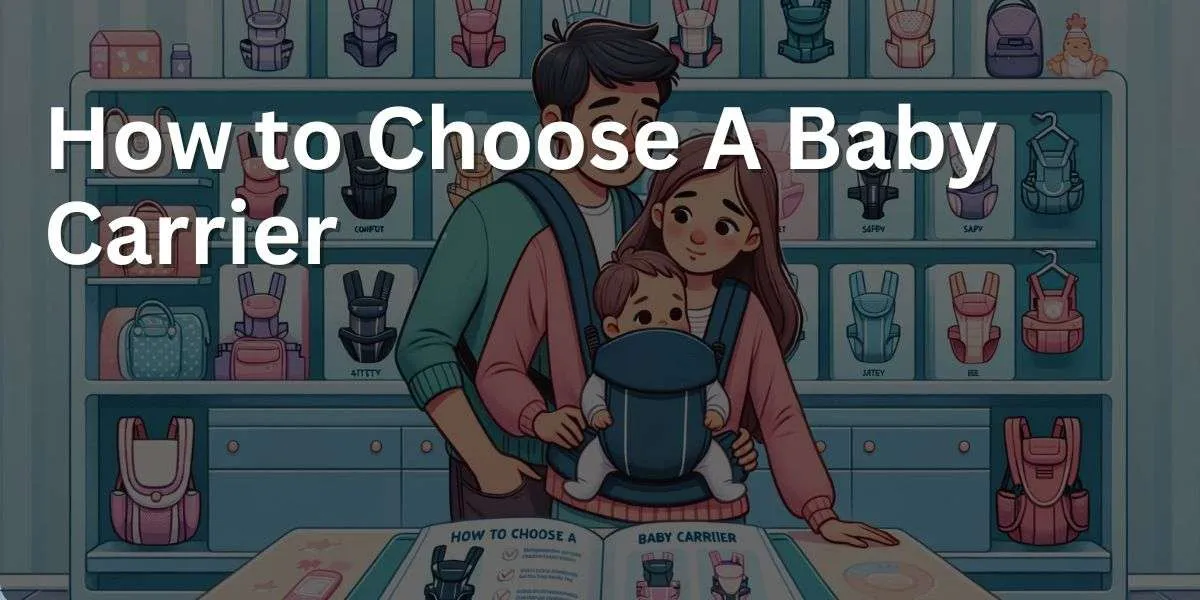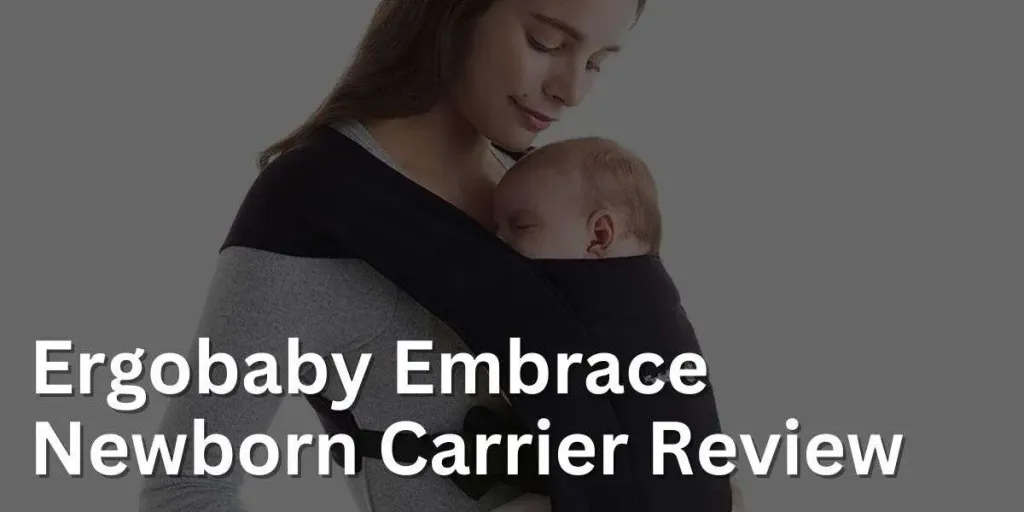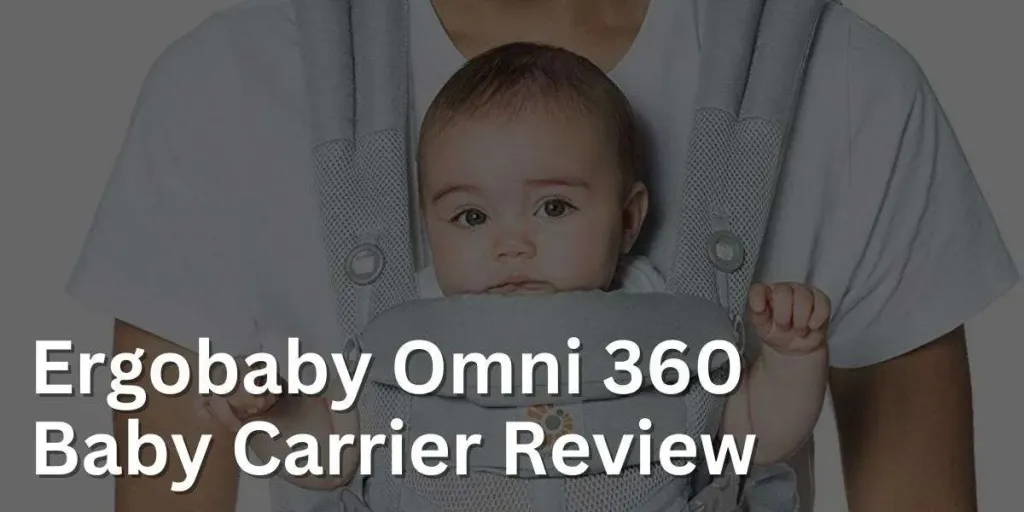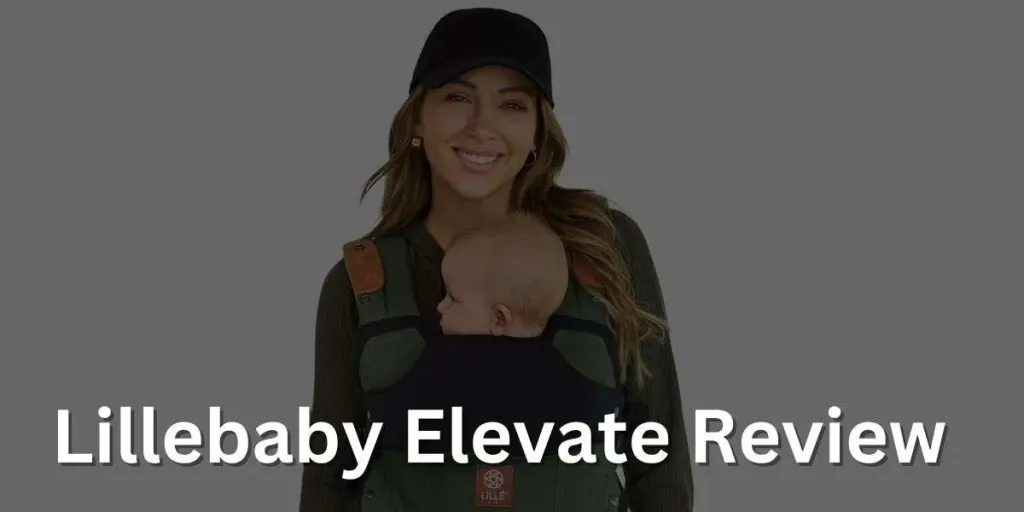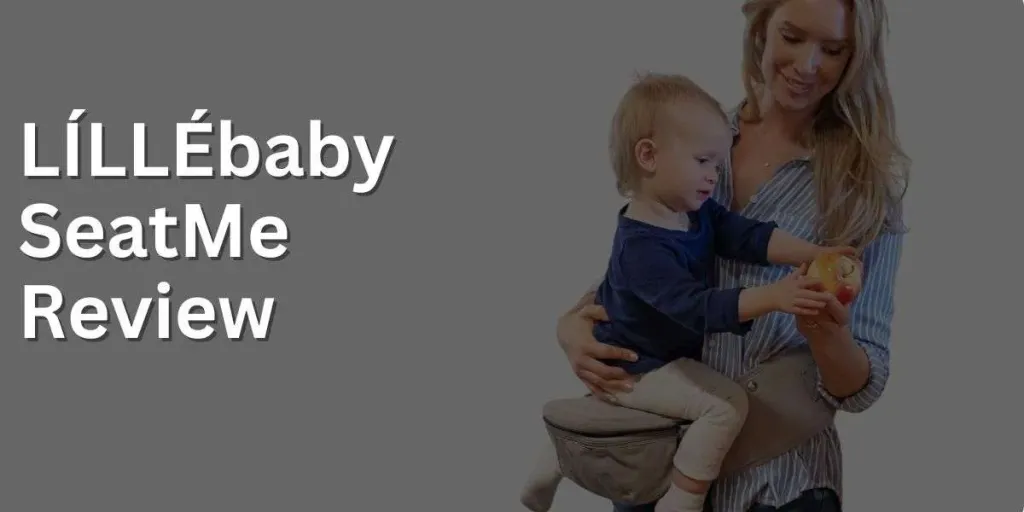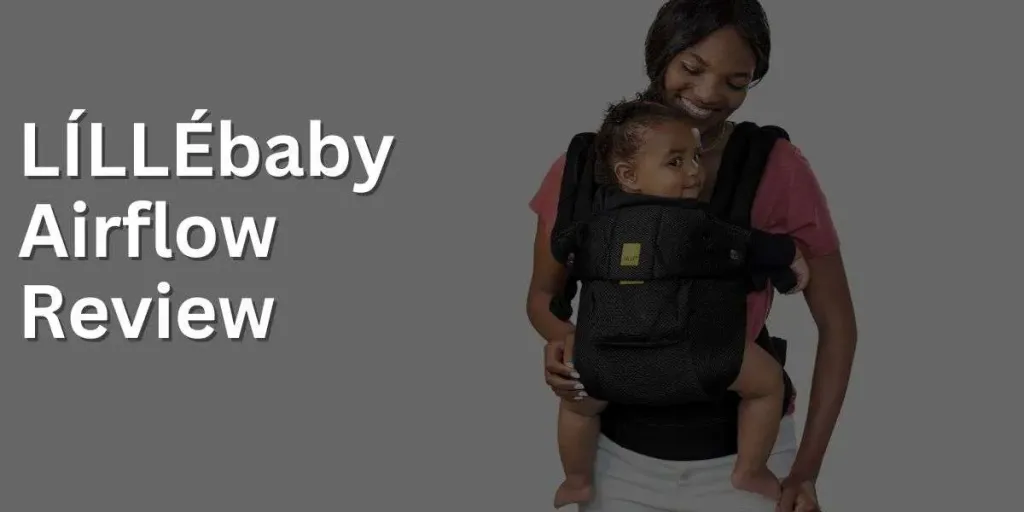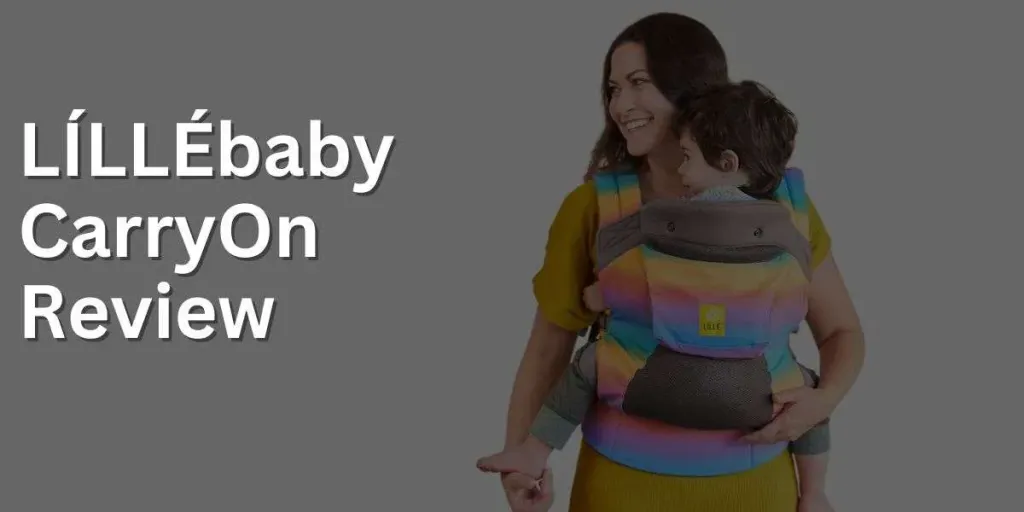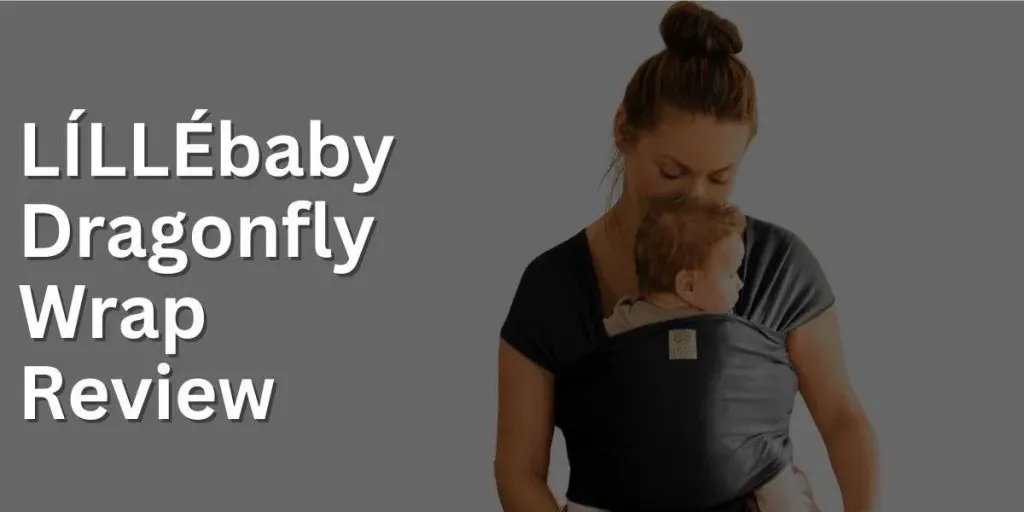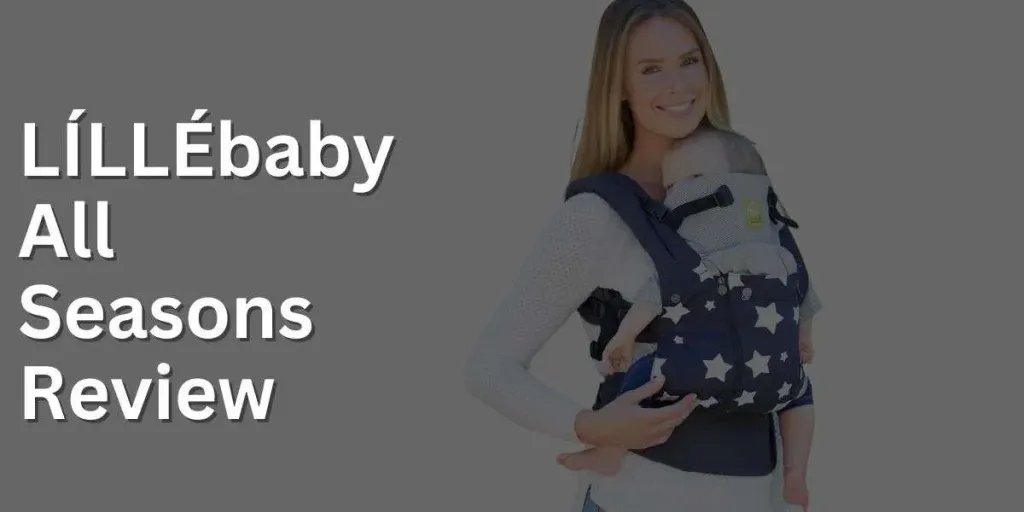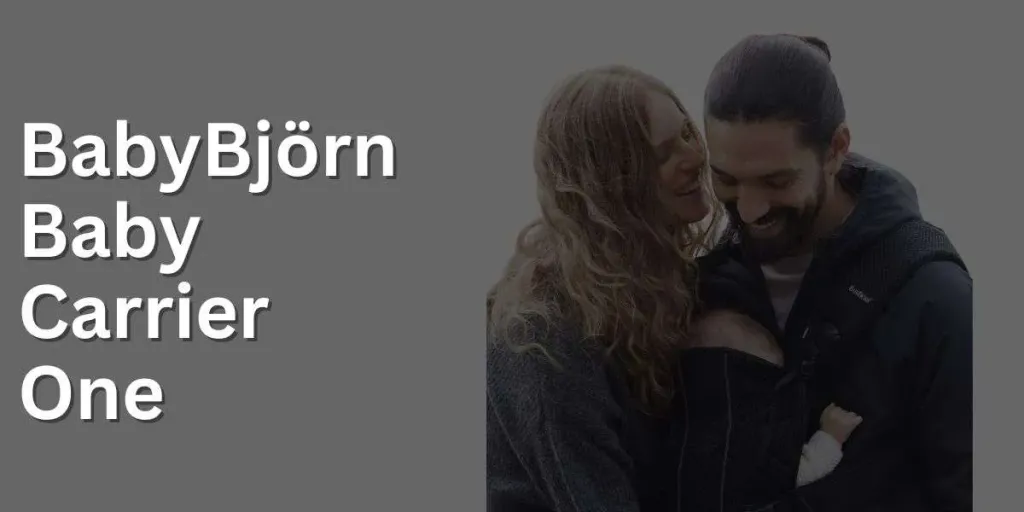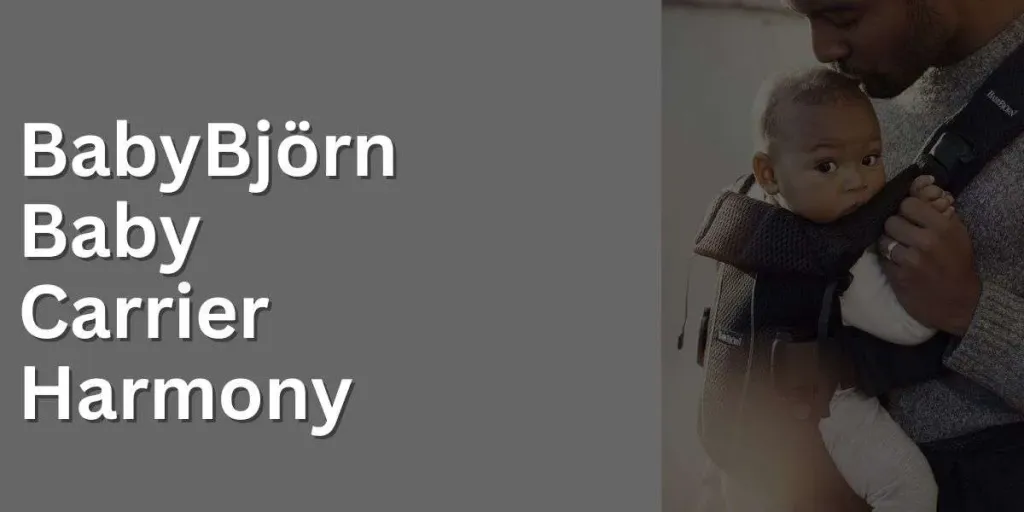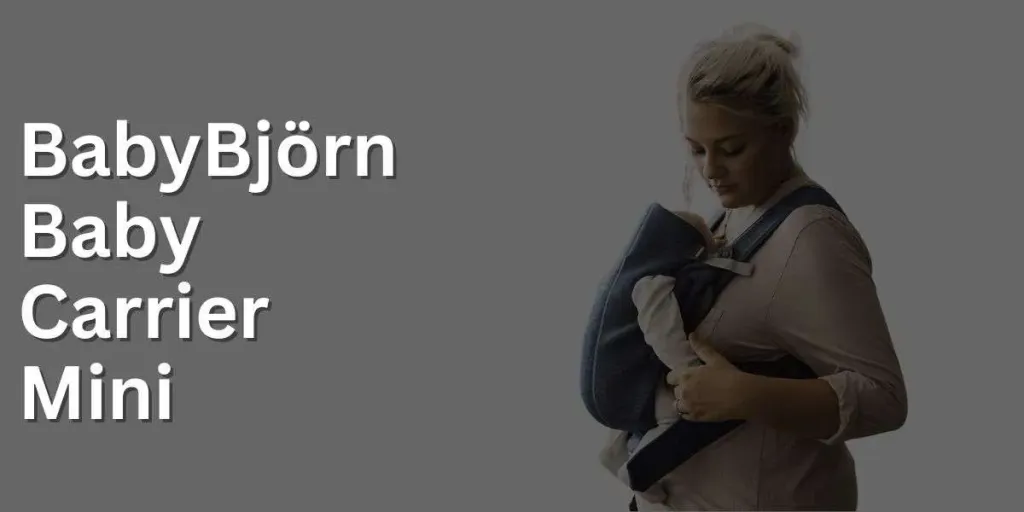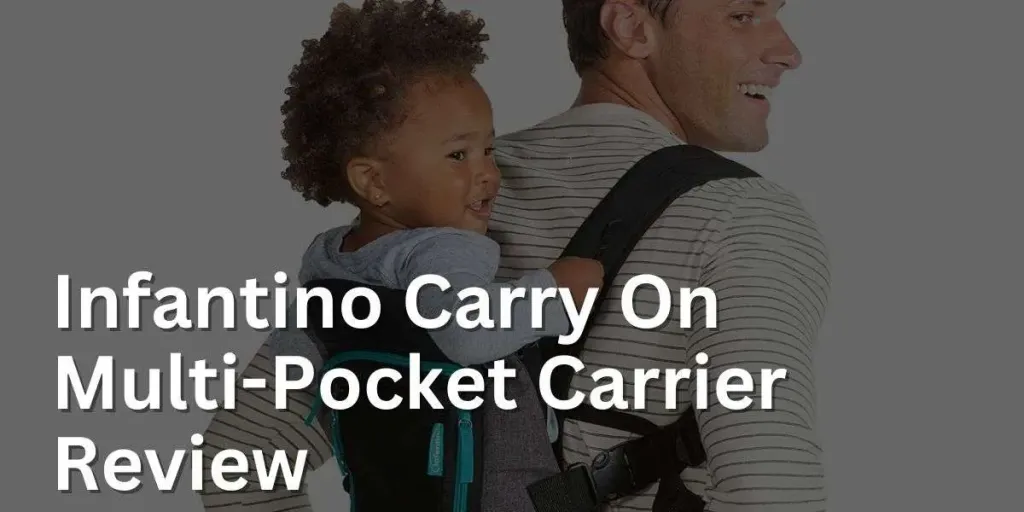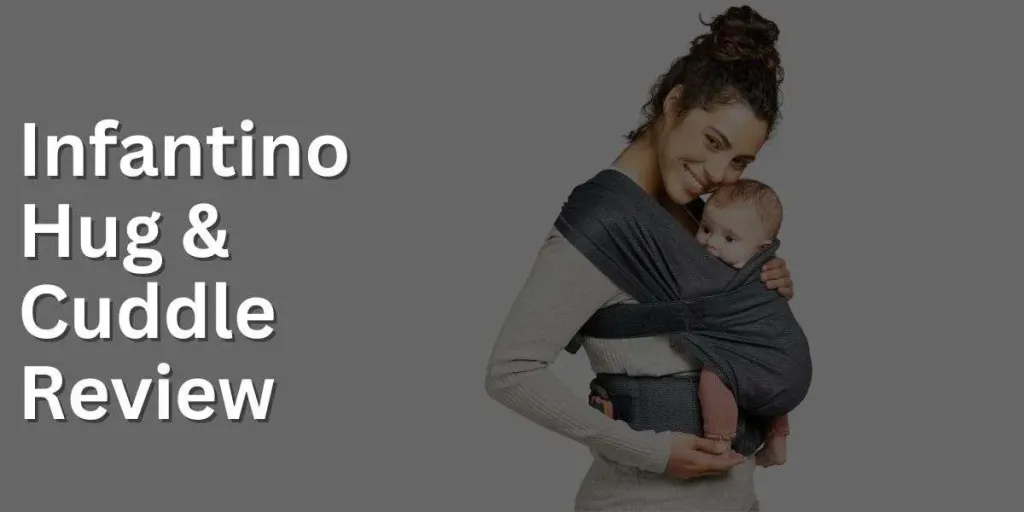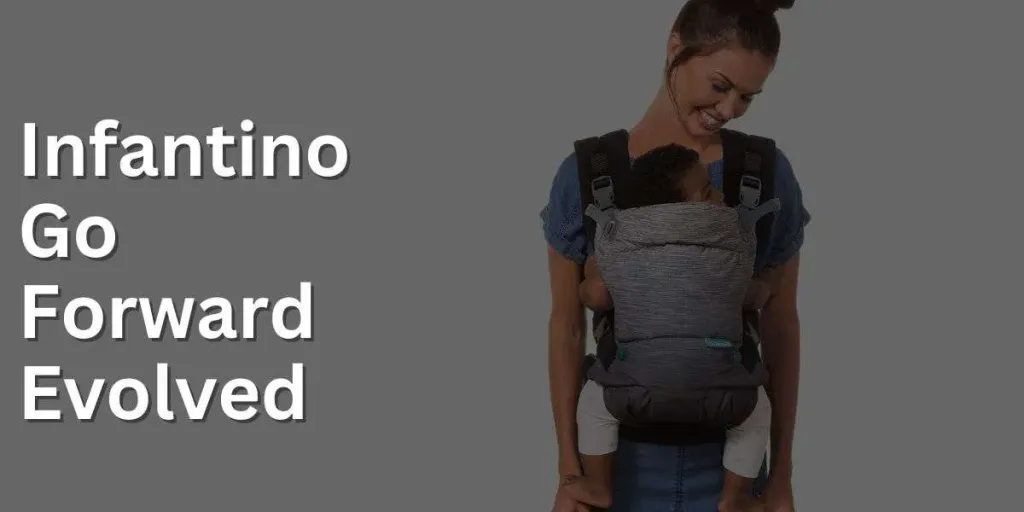Selecting the right baby carrier is an important decision for new parents, as it affects comfort, convenience, and bonding with your baby. With numerous styles and options available, making the right choice can be overwhelming.
And let me tell you a secret. There is no such things as the perfect carrier for everybody. Everyone has different needs and wants, so often realising what carrier options and carrying styles suit you, will help you narrow down the choice.
Whether you’re looking for a carrier for everyday use or specific situations like hiking or travel, this guide will help you find a suitable option that meets your needs and ensures your baby’s safety and comfort.
Hello, I’m Maebh Collins, a seasoned baby carrier consultant with over two decades of experience. As a certified expert in both Trageschule and Slingababy, I’ve had the privilege of assisting thousands of families in their journey to find the perfect baby carrier. Welcome to a world of comfortable, confident babywearing!
Key Takeaways: Choosing a Baby Carrier
- Consider the baby’s age and size. Different carriers are suitable for different stages of development, from newborn to toddler.
- Look for ergonomic support for both baby and wearer. A good carrier should support the baby’s hips, back, and legs, and be comfortable for the parent to wear.
- Choose a carrier that suits your lifestyle. Whether you’re active, travel frequently, or need something for quick errands, there’s a carrier style to match.
- Check for ease of use. A carrier that is easy to put on, adjust, and take off can make a big difference in daily life.
- Prioritize safety features. Look for carriers with sturdy buckles, secure straps, and adequate support for the baby.
- Select breathable, washable materials. Comfortable, easy-to-clean fabrics are essential for both baby’s and parent’s comfort.
- Adjustability is key for growing babies. A carrier that adjusts will be more comfortable and last longer as your baby grows.
- Consider the climate. In warmer climates, a carrier with lighter fabric is preferable, while in colder areas, a carrier with layers might be better.
- Read reviews and ask for recommendations. Other parents can provide valuable insights into the pros and cons of different carriers.
- Try before you buy, if possible. Testing out a carrier can help you decide if it’s the right fit for you and your baby.
Why Purchase a Baby Carrier
Purchasing a baby carrier can be a valuable decision for many parents and caregivers. Baby carriers offer numerous benefits that facilitate everyday life while nurturing a close bond with the baby. Here are some key reasons to consider buying a baby carrier:
Comfort for you and your baby: A baby carrier allows you to keep your little one close to you while ensuring that both of you are comfortable. With ergonomic designs, baby carriers evenly distribute the baby’s weight across your shoulders and hips. This helps avoid strain on your back and shoulders. More importantly, it supports your baby’s delicate neck, head, and spinal-cord development.
Hands-free convenience: Baby carriers offer the freedom to use your hands while your baby stays snug and secure. Perform daily tasks, run errands, or tend to other children with ease. Furthermore, you gain mobility to navigate through crowded places where a stroller may not be suitable.
Here are some advantages of using a baby carrier:
- Increased bonding: Physical touch is important for emotional attachment between you and your baby. Having your baby close to your body allows for constant physical contact and promotes a strong bond.
- Easier breastfeeding: Many baby carriers are designed with privacy panels and adjustable straps to make breastfeeding more convenient and discreet. Learn how to comfortably breastfeed while babywearing. Our guide on Breastfeeding in Carrier provides helpful tips and techniques
- Happier baby: Studies show that babies who are carried in a carrier cry less and sleep better than those who are not. Close contact helps soothe them and makes them feel secure.
Understanding Different Types of Baby Carriers
In the journey of finding the perfect baby carrier for your needs, it’s important to know the different types available. With so many baby carriers brands and types to choose from, it can be very confusing to know which one to start with.
| Type of Baby Carrier | Description | Features | Advantages | Disadvantages |
|---|---|---|---|---|
| Wrap | A long piece of fabric that wraps around the caregiver’s body and baby, providing a secure and customizable fit. | – Suitable from newborn to toddler age. – Versatile carrying positions (front, hip, back). – Excellent weight distribution. – Can be used for skin-to-skin contact. | – Ergonomic for both caregiver and baby. – Promotes bonding and closeness. – Adjusts to various body types. Choosing the right size carrier is crucial for your and your baby’s comfort. Find out what size woven wrap fits you best in What Size Woven Wrap Do I Need. | – Initial learning curve for wrapping. – Can be time-consuming to put on. – May get warm in hot weather. |
| Ring Sling | A piece of fabric with two rings that allows for easy adjustment and tightening. Worn over one shoulder. | – Quick and easy to put on and adjust. – Suitable from newborn to toddler age. – Compact and portable. – Allows for discreet breastfeeding. | – Offers a close and secure fit. – Convenient for short trips. – Promotes bonding. | – Weight is carried on one shoulder, may lead to discomfort with extended use. – Limited carrying positions. – Not suitable for heavy toddlers. |
| Soft-Structured Carrier (SSC) | A structured carrier with padded straps and a waistband. Buckles or snaps secure it. | – Suitable from infancy to toddler age. – Multiple carrying positions (front, back, hip). – Even weight distribution. – Easy to put on and adjust. | – Comfortable for long periods. – Suitable for active lifestyles. – Many brands offer ergonomic designs. | – Bulky and less compact for storage. – May require an infant insert for newborns. – Limited customization for caregiver and baby fit. |
| Meh Dai (Mei Tai) | A blend of wrap and SSC, with a square-shaped body panel and long straps that tie around the caregiver’s body. | – Suitable from infancy to toddler age. – Multiple carrying positions. – Customizable fit. – Comfortable and supportive. | – Offers the benefits of both wraps and SSCs. – Promotes bonding and closeness. – Easy to adjust for different caregivers. | – Learning curve for tying straps. – Straps may drag on the ground. – Limited padding compared to SSCs. |
| Frame Backpack Carrier | A carrier with a metal or plastic frame, designed for older babies and toddlers. | – Suitable for toddlers and older children. – Supportive and comfortable for long hikes or walks. – Provides storage space. – Adjustable for caregiver’s body. | – Great for outdoor activities and hiking. – Secure and stable for older, heavier children. – Offers storage for essentials. | – Bulky and heavy. – Not suitable for infants. – May be complex to adjust. |
| Pouch Sling | A simple, one-piece sling that slips over one shoulder and creates a pouch for the baby. | – Easy to put on and take off. – Compact and portable. – Suitable for quick carries. – Lightweight. | – Convenient for short trips and errands. – Simple design. – Portable and easy to store. | – Limited carrying positions. – Less support and padding. – May not distribute weight evenly. |
Carrying twins or newborns has its unique challenges and joys. Learn effective techniques for twins with our guide on How to Carry Twins in a Wrap, and ensure newborn safety with our insights on is ergobaby safe for newborns.
Best Baby Carriers
Reviews and Comparisons
Read through our detailed reviews of various carriers by baby carrier brand to make an informed choice.
Best Ergobaby Carriers
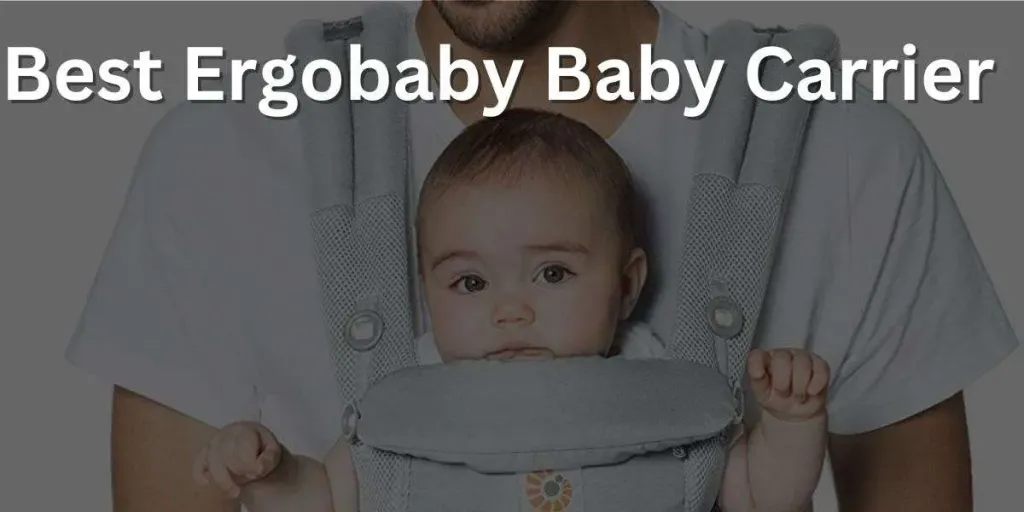
For more information and help on Ergobaby carriers read our guide to how to spot a fake ergobaby carrier, when your baby can face forward in an Ergobaby and if Ergobaby is safe for newborns.
Best Lillebaby Baby Carriers
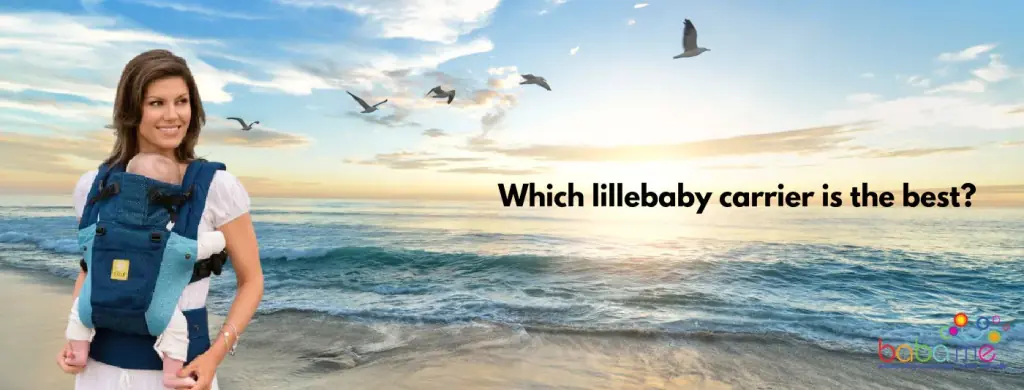
Lillebaby Elevate Review (Editors Choice for Best Overall Baby Carrier)
For more information and help on Lillebaby carriers read our guide to can Lillebaby carriers be used with newborns and how to wash your Lillebaby baby carriers.
Best Babybjorn Baby Carriers
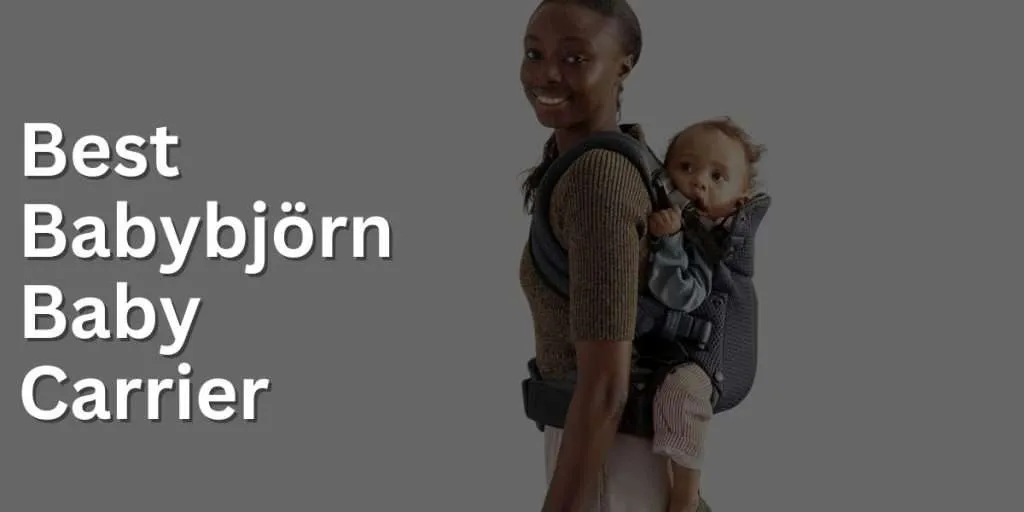
Best Infantino Baby Carriers
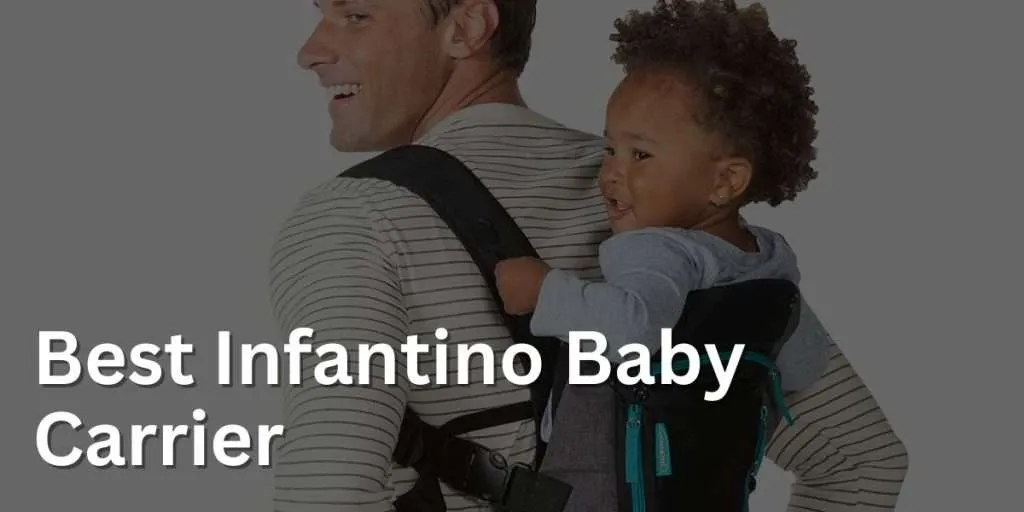
Baby Carrier Safety
When choosing a baby carrier, there are two elements to consider: that the baby carrier is safe and ergonomi AND that you are carrying your baby safely – in a safe, ergonomic comfortable baby carrier. Address common safety concerns in babywearing, such as ensuring proper blood circulation. Learn more about what to do if Baby’s Feet Turn Purple in Carrier.
Your baby is the most precious thing you will ever hold and of course, we’ve all read the stories of tragic accidents which make us question are baby carriers safe? Of course, as baby carrier experts we only recommend baby carriers which have passed or exceeded the EN-13209-2 European baby carriers and wraps safety testing standard but as with most things how you use them will have a major impact on whether they are safe.
If you have heard of TICKS safety guidelines, thats a good place to start. However, as a qualified baby carrier consultant, I prefer the HANDS safety guidelines:
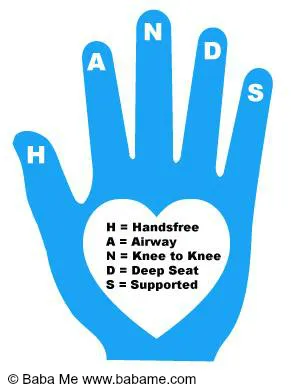
In order to ensure safety we follow the HANDS guidelines for positioning:
H = Hands-free
You should have both hands and arms free. If you feel the need to use your hands to support the baby, then double-check it is fastened correctly and safely, once it is on correctly, you should be hands-free. If breastfeeding in the baby carrier you may wish to consider what baby carrier is best for breastfeeding?
A = Airway
Always, once you have fastened baby in, check their airway is clear and unrestricted.
N = Knee to Knee
Check the fabric is knee to knee supporting baby, but that baby can still move their knees and lower legs freely when sitting.
D = Deep seat
Run your hand along their bum and check it is a nice deep seated position, with a nice gentle ‘j’ curve running from the bottom of the bum up the back.
S = Supported
Ensure your baby is supported, with a nice tight carry and the chin is off the chest. Gently lean forward and ensure baby does not ‘move’. If there is any movement then double check your tension and retighten.
Using Your Baby Carrier
Get practical guidance on how to use different types of carriers for maximum comfort and safety. Check out our tutorials on how to use a ring sling and how to use a stretchy baby wrap. Also, learn to distinguish authentic products with our guide on how can you tell a fake ergo.
Babywearing is adaptable to various weather conditions. Understand how to keep your baby comfortable and safe in different climates, especially during colder months, by reading our article on Babywearing in Cold Weather.
Understand the importance of skin-to-skin contact, which is vital for a newborn’s development. Our article explains why skin-to-skin contact is important for newborns.
Baby Carrying Positions
When choosing a baby carrier, consider the various carrying positions that suit both you and your little one. Each position has unique benefits for the baby’s development, comfort, and bonding experience. We will discuss the four most common positions in this section.
- Front Carry (Parent-facing): This position allows your baby to snuggle close to your chest, making them feel safe and secure. It’s great for newborns and early stages of development when they need a lot of physical contact. The front carry position is also suitable for breastfeeding moms as it makes it easier to nurse the baby discreetly.
- Front Carry (Forward-facing): As your baby grows more curious about their surroundings, the forward-facing position offers a fantastic view! Recommended for babies with good head and neck control, this position allows them to explore and engage with the world around them. However, be mindful of overstimulation and limit the duration of forward-facing adventures.
- Hip Carry: The hip carry is a comfortable and practical position for babies who have outgrown the front-facing carry yet still need the closeness. It allows your baby to see the world while being comforted by your physical presence. This position also distributes the baby’s weight evenly across your body, reducing the strain on your shoulders and back.
- Back Carry: Ideal for older babies and toddlers, the back carry position permits you to carry your child while keeping both your hands free. While this position offers excellent support for both parent and baby, only use it when your baby can sit up independently. Babies in this position will still feel secure, but they’ll also enjoy the view from atop your shoulders.
How to Find the Best Carrier for You
Choosing the right baby carrier or any baby gear can be a difficult process with so many options available in the market. To find the best carrier for you, consider the following factors: comfort, support and safety and what you will be using the carrier for.
Comfort
Comfort is crucial for both you and your baby. Look for carriers with padded straps and wide waistbands to help distribute the baby’s weight evenly across your hips and back. Adjustable straps can be an excellent feature for ensuring that the carrier fits your body properly. It’s important to try carriers on and test them out for comfort before making a decision. Keep in mind that:
- Lumbar support: Carriers with lumbar support can help relieve pressure on your lower back.
- Adjustable seat width: Carriers with adjustable seat widths can better suit your baby’s size as they grow.
- Mesh fabric: Breathable mesh fabric can help you and your baby stay cool and comfortable during warmer months.
Support and Safety
A safe and supportive carrier is essential for your baby’s security and proper physical development. Key features to look for include:
- Safety buckles: Secure safety buckles will help prevent accidents or the baby slipping out of the carrier.
- Back support: A carrier that offers good back support can help maintain your baby’s healthy spine alignment.
- Hip support: Carriers with proper hip support can assist in preventing hip dysplasia in your baby, especially during the first year when their hips are still developing.
Use of Carrier
One of the main reason baby carriers fall down in peoples expectations is they have the wrong type of baby carriers or baby slings for their needs. I love wrap baby carriers for those early newborn days, but honestly, after 5 months – the stretchies cannot cope with the child’s weight.
Opting for a carrier which offers multiple carry positions will last from a newborn all the way up to an older baby in multiple ways. So finding the right carrier for you, is often really deciding what for and when you will use the carriers. Soft structured carriers are very versatile carriers, with probably the least learning curve, so are often a good first choice to opt for.
FAQs on How to Choose a baby carrier
How do I know what baby carrier to buy?
When choosing a baby carrier, consider factors like your baby’s age and size, your comfort, and the carrier’s safety features. Look for a carrier that supports the baby’s hips, back, and neck. Also, consider the ease of use, adjustability, and whether it can be used in various positions. Your lifestyle and the frequency of use are also important – for active parents, a durable and easy-to-clean carrier might be preferable.
How do I choose an infant carrier?
Choosing an infant carrier involves considering several key aspects:
- Ergonomics: Ensure the carrier provides proper support for the baby’s hips, neck, and spine. It should allow the baby to sit in a natural, “M” shaped position.
- Comfort for the Parent: Look for padded shoulder straps and a supportive waistband to distribute the baby’s weight evenly.
- Ease of Use: Consider how easy it is to put on, take off, and adjust.
- Material: Opt for breathable, soft, and durable fabrics.
- Safety: Check for any safety certifications and read reviews for any safety concerns.
What type of carrier is best for newborn?
For newborns, a soft, structured carrier or a wrap-style carrier is often best. These types of carriers provide the snug, supportive environment that newborns need. Look for carriers specifically designed for newborns, with features that support the baby’s head and neck. Wrap carriers are particularly good for creating a cozy, womb-like feel that is comforting for newborns.
At what age should a baby use a baby carrier?
Babies can use a carrier from birth, but it’s essential to ensure that the carrier is appropriate for a newborn. Newborns need a carrier that supports their head and neck and maintains a safe, snug position. As the baby grows, usually around 4-6 months, you can transition to carriers that offer more positions, like facing out or back carrying. Always follow the weight and age guidelines provided by the carrier manufacturer.

